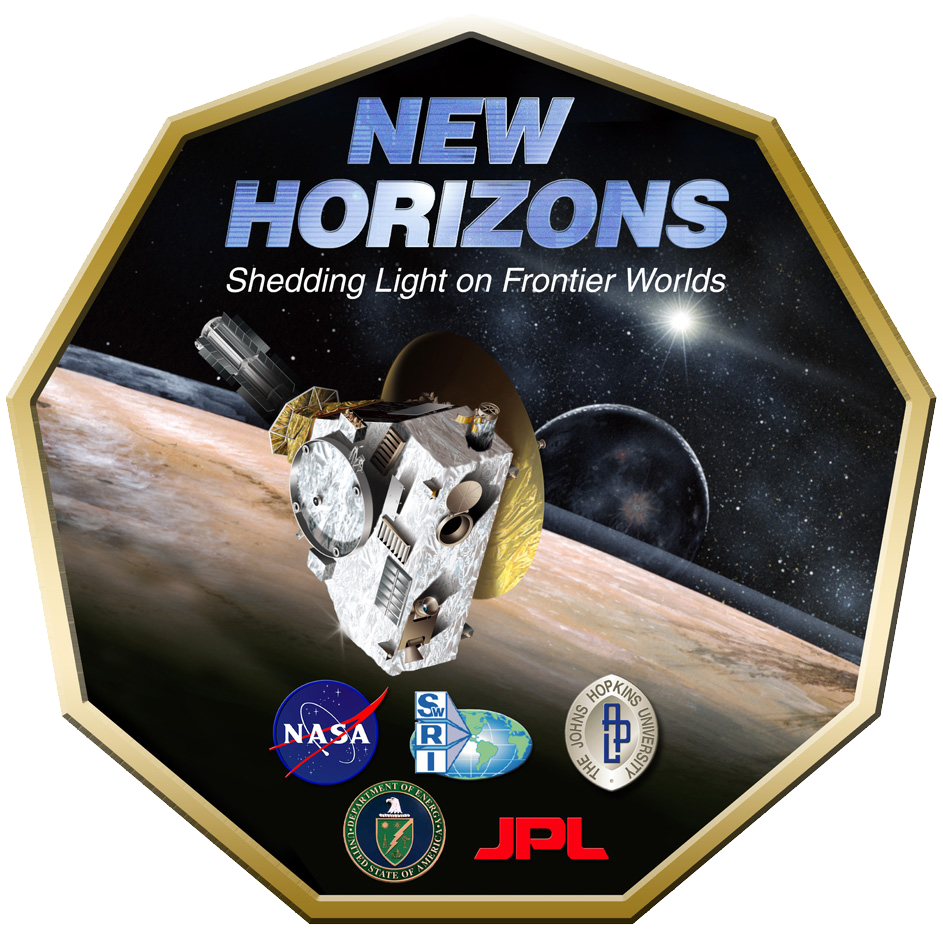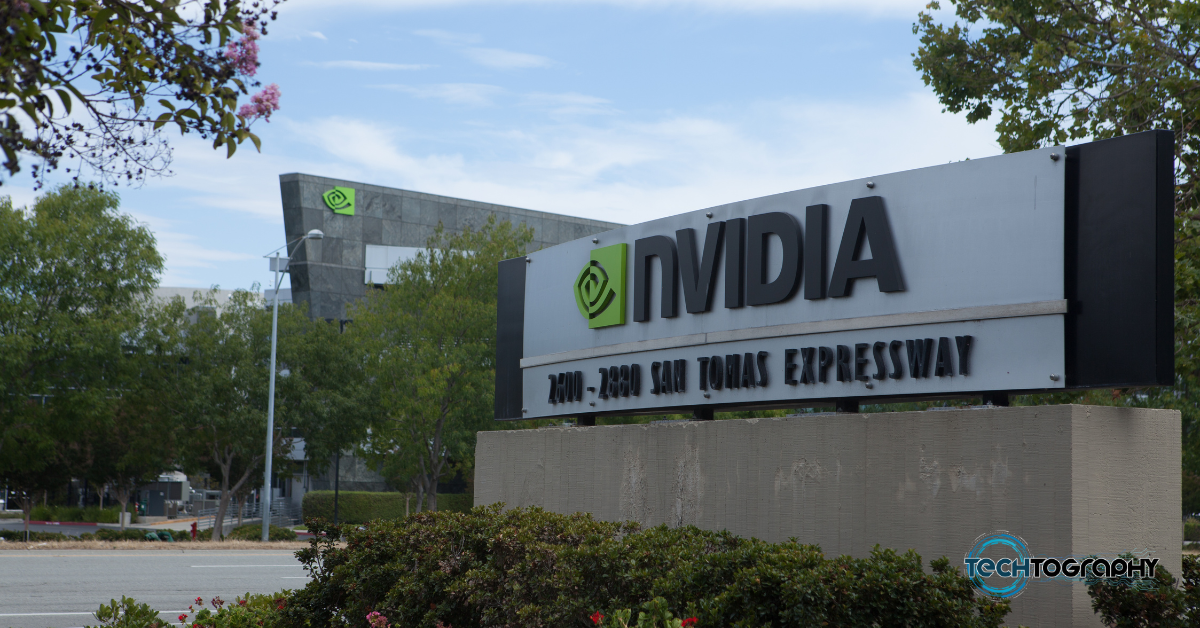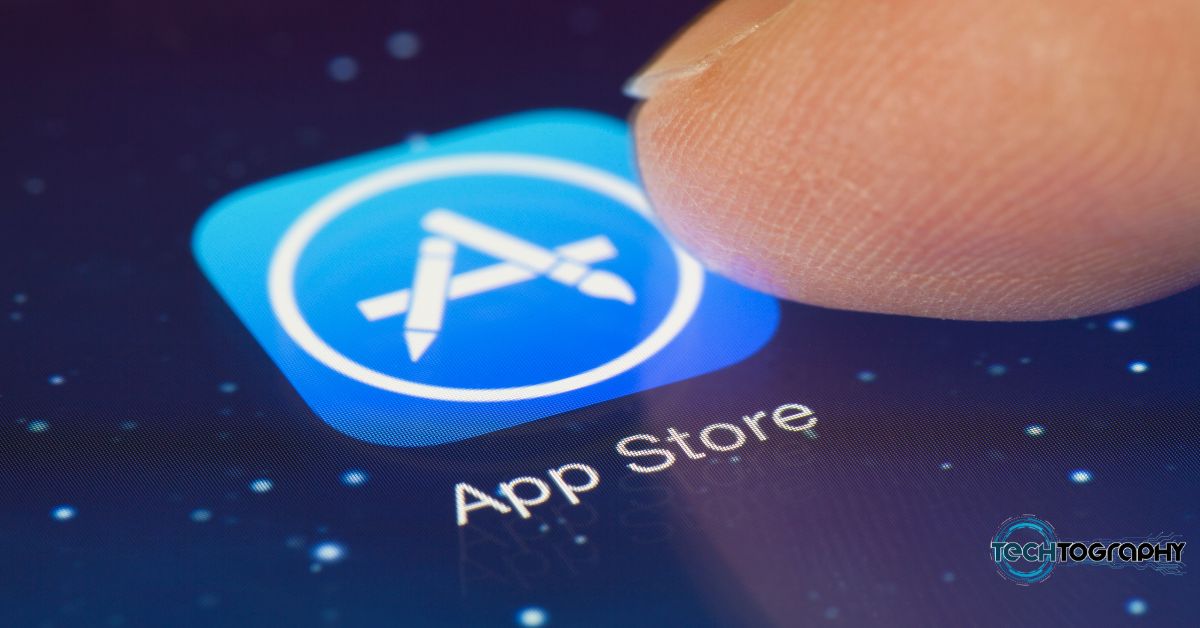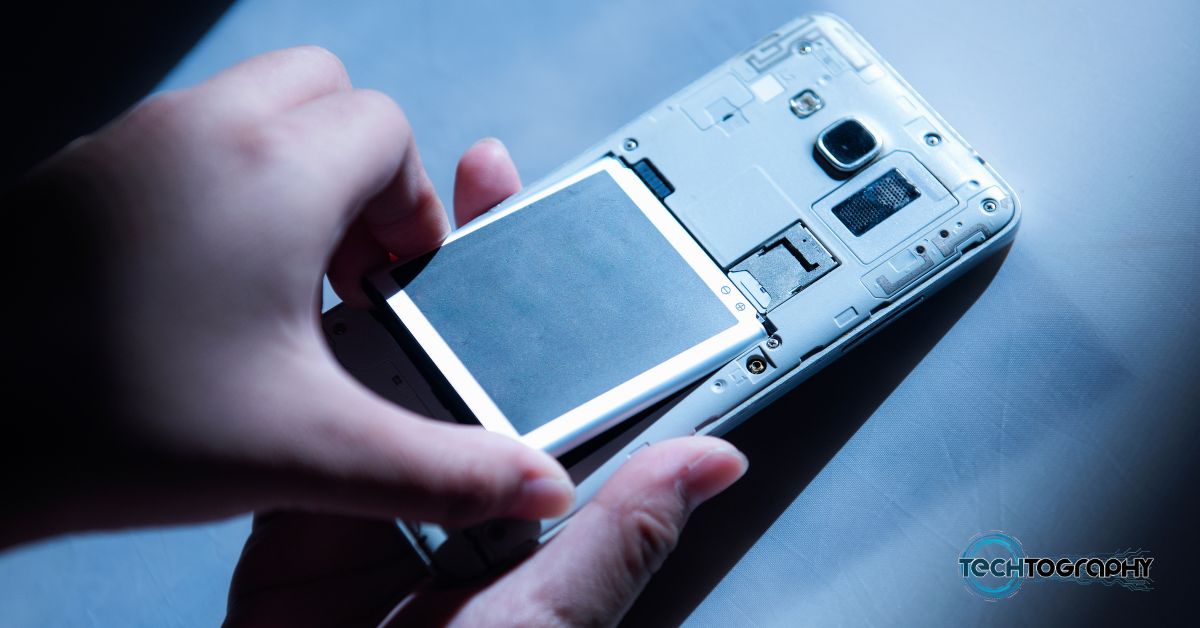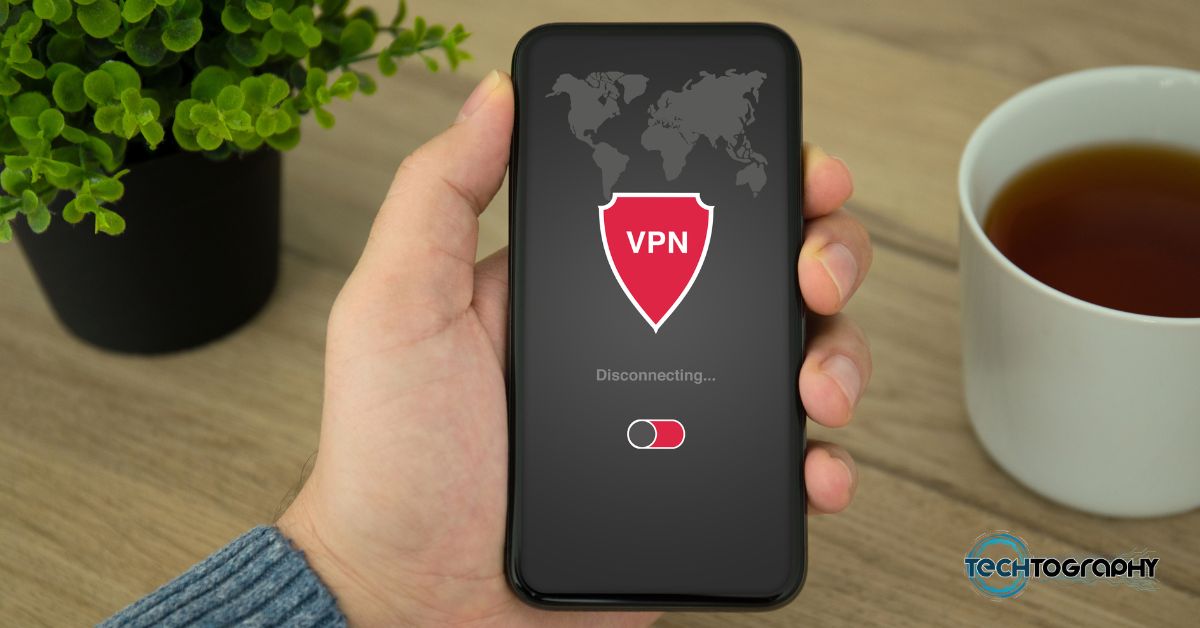In this Blog Post:
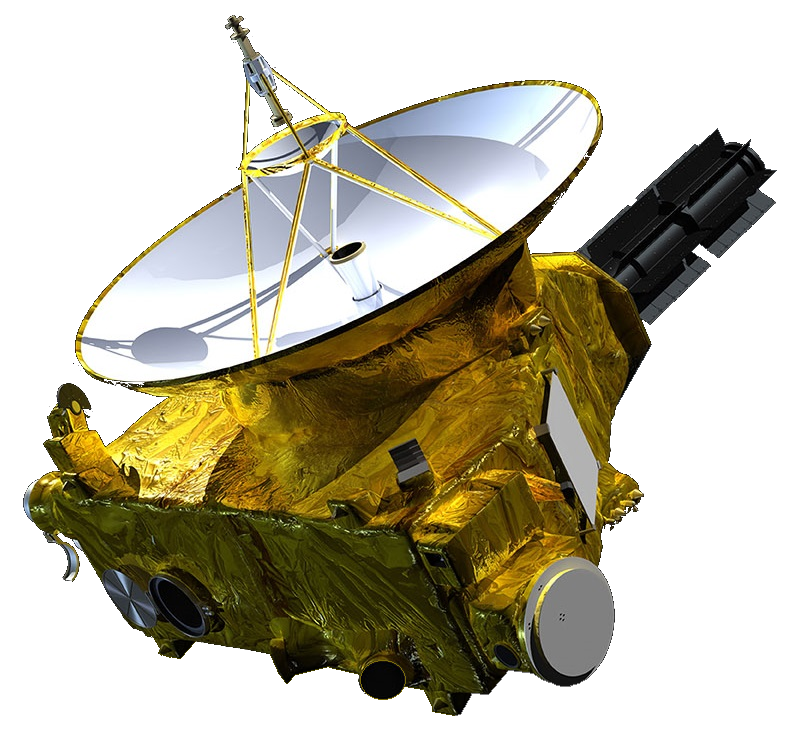
Pluto is the last planet in the Solar System, that is at least what we might have all learned when we were in elementary school, well, it depends on what generation you are in. It is also said to be the smallest planet and is considered to be not even a planet based on the demotion given to its status not too long ago. However, although most of these are based on scientific data, it remains to be a scientific guess for the reasons that there were no actual “close encounter” that happened between earth and pluto to allow a close scrutiny of the dwarf planet, until today.
New Horizons
Today, the interplanetary space probe known as the New Horizons will doing a flyby of Pluto to conduct reconnaissance of not only the dwarf planet but also its moons and the Kuiper Belt. The New Horizons was launched in January 19, 2006. This was the effect of the extensive research and development that started with Pluto 350 that commenced in 1990. This was followed by another project dubbed as the Pluto Kuiper Express which aimed to send a cost-effective spacecraft to Pluto, this project was however cancelled in the year 2000 because of budget woes.
Continuing the New Horizons Project
The team that is being led by Alan Stern and members from the cancelled Pluto Kuiper Express project banded together to revive the project. The team won a competition that allowed them to have the project funded. However, things did not go smoothly as there was a stand-off between the New Horizons Team and the then NASA Admin Sean O’Keefe. The project proceeded however, and the construction took three years and launched in January 19, 2006 at Cape Canaveral.
The Journey of New Horizons
After escaping earth’s atmosphere at 16.26 km/s or at about 58,536 km/h setting a record for “highest launch speed of a human made object from Earth“. In Space the New Horizons had a brief encounter with the asteroid 132524 APL which is an asteroid about 2.3 kilometers crosswise.
After that brief encounter with the 132525 APL asteroid the New Horizons did a Jupiter flyby on February 28, 2007 which was used as a test on the capabilities of the New Horizons. The most notable test was on its capability to return data by doing a reconnaissance of Jupiter’s atmosphere, magnetosphere and its moons which the New Horizons passed with flying colors. Another notable benefit during the Jupiter voyage was the fact that Jupiter’s gravity gave the New Horizons an increase of speed by 4km/s or about 14,000km/h from its initial speed.
The Post Jupiter Journey
After the Jupiter voyage, the New Horizons was put into hibernation as it travel to its destination. After an approximate of 7 years, the New Horizons was put back online on December 14, 2014. where systems checks began. New Horizons began its initial Pluto approach on January 15, 2015.
July 14, 2015 Destination Pluto

On this day, July 14, 2015, the New Horizons flew at about 12,600 kilometers above the surface of Pluto, this made the New Horizons as the first spacecraft to explore Pluto. Hours later New Horizons started sending back information and indicating that the flyby was a success. Truly a milestone in Human Technology!
Watch As New Horizons Arrived In Pluto
